Imagine looking at a majestic blue whale gliding effortlessly through the ocean, the largest animal on Earth. Now, picture that same creature’s distant ancestor, not swimming, but walking on four legs across ancient riverbanks. It sounds almost unbelievable, but it’s true: whales, the giants of the sea, carry inside them a tiny, hidden clue to their incredible evolutionary journey—small vestigial leg bones. These bones are silent storytellers, connecting modern whales to a land-dwelling past that defies our expectations and ignites our curiosity about the deep history of life on our planet.
The Hidden Bones Inside a Whale’s Body
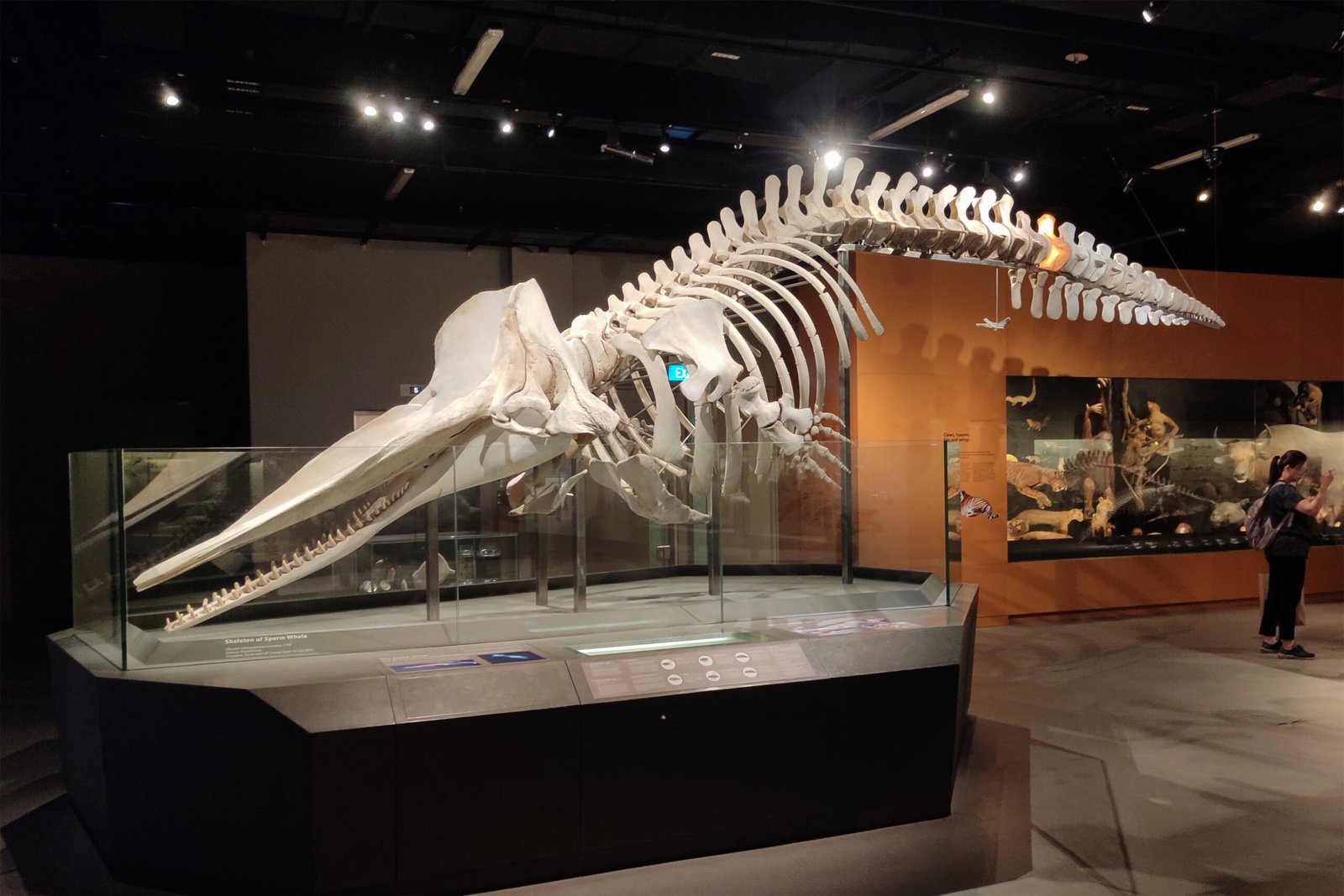
Deep within a whale’s massive body lie two small bones, tucked away near the pelvis. At first glance, these bones might seem useless, almost like forgotten relics. Unlike the sturdy legs of a dog or deer, whale pelvic bones float, unattached to the spine or limbs. Yet, their presence is no accident. These are vestiges of a time when ancient whales walked the land. Scientists find it astonishing that such a clear link to the past survives in animals so perfectly adapted to life at sea. The tiny bones are a biological whisper from a time long before whales made the ocean their home.
Why Do Whales Have Leg Bones If They Don’t Need Legs?
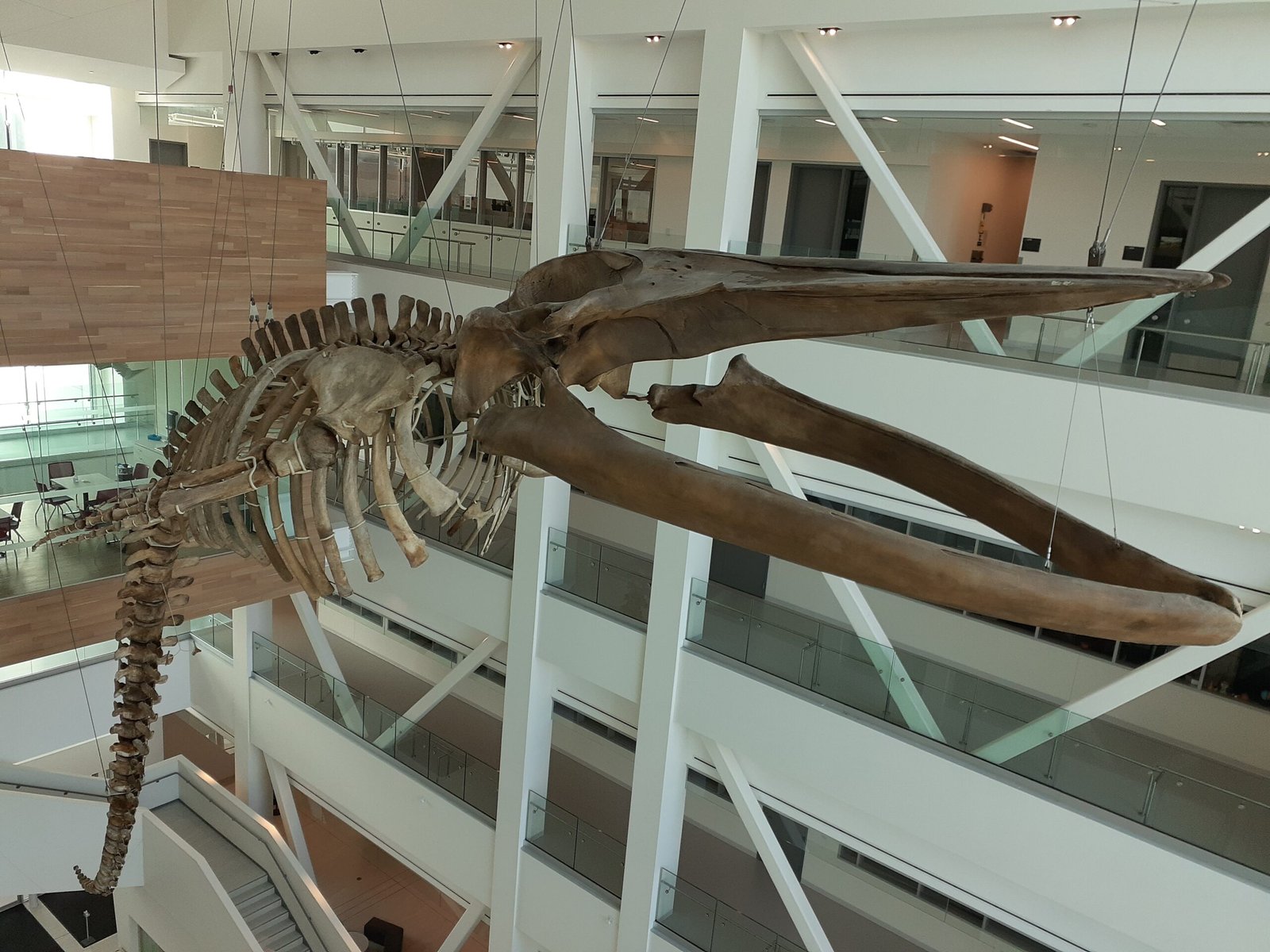
The existence of leg bones in an animal that never walks raises a fascinating question: why would whales keep something they don’t use? In biology, structures like these are called “vestigial.” They’re leftovers from evolution, much like the human appendix or wisdom teeth. Over millions of years, as whales’ ancestors evolved from land mammals into aquatic giants, their legs shrank and became unnecessary. Yet, evolution rarely erases features instantly. Instead, these bones shrank and shifted, becoming smaller with each generation. Whales kept theirs, not because they needed them, but because evolution is a gradual process filled with remnants of the past.
Land-Loving Ancestors: The Early Whales
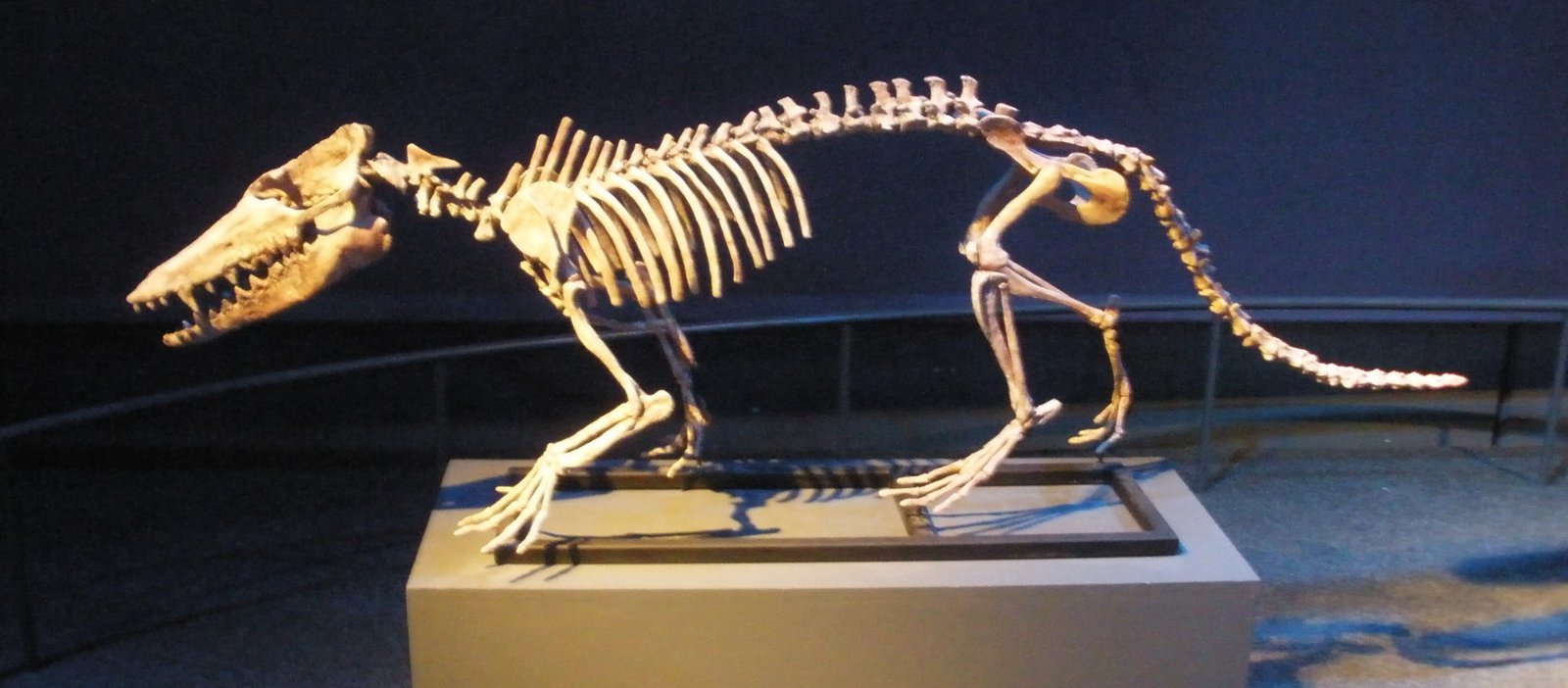
Long before whales ruled the seas, their ancestors roamed forests and riverbanks. One of the most famous of these early ancestors is Pakicetus, a creature that lived about 50 million years ago. Pakicetus looked nothing like a whale; it had four legs, a long snout, and resembled a wading wolf more than a modern dolphin. Fossils show these animals had sturdy legs and hips, built for walking and swimming. Over generations, some of these land mammals ventured further into the water, hunting for food and escaping predators, slowly setting the stage for a dramatic transformation.
From Land to Sea: The Evolutionary Journey
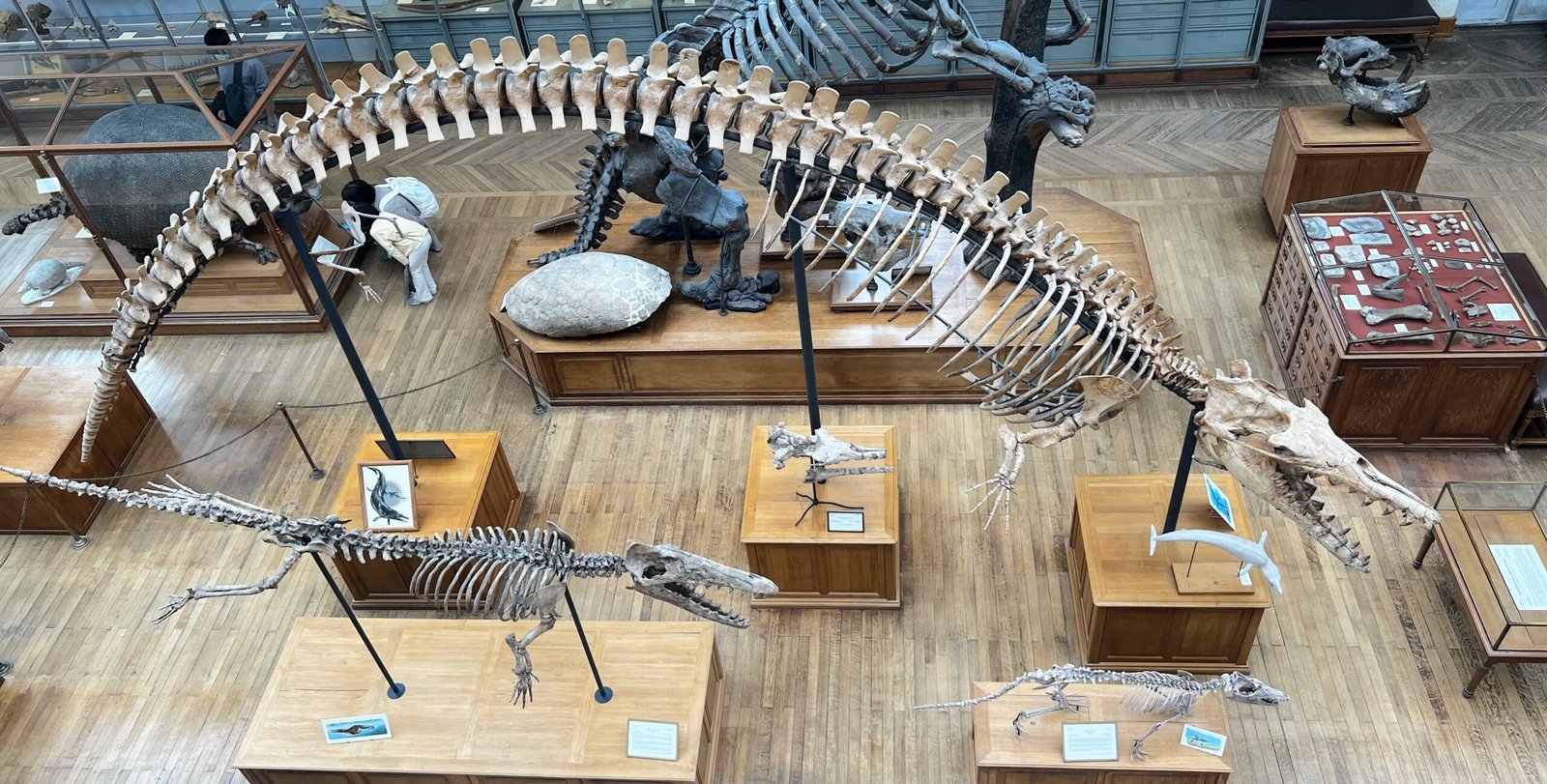
The journey from land-dweller to ocean giant wasn’t quick or easy. It happened over millions of years and through countless generations. Intermediate ancestors, like Ambulocetus and Rodhocetus, reveal this transition in their fossils. Ambulocetus, sometimes called the “walking whale,” had limbs strong enough for walking but also adapted for swimming, like a modern otter. Rodhocetus, a little later, showed even more aquatic features. Their hips and legs shrank as their tails and bodies became more streamlined for swimming. This slow process left behind traces—like tiny leg bones—embedded in the bodies of their modern descendants.
What Vestigial Bones Reveal About Evolution
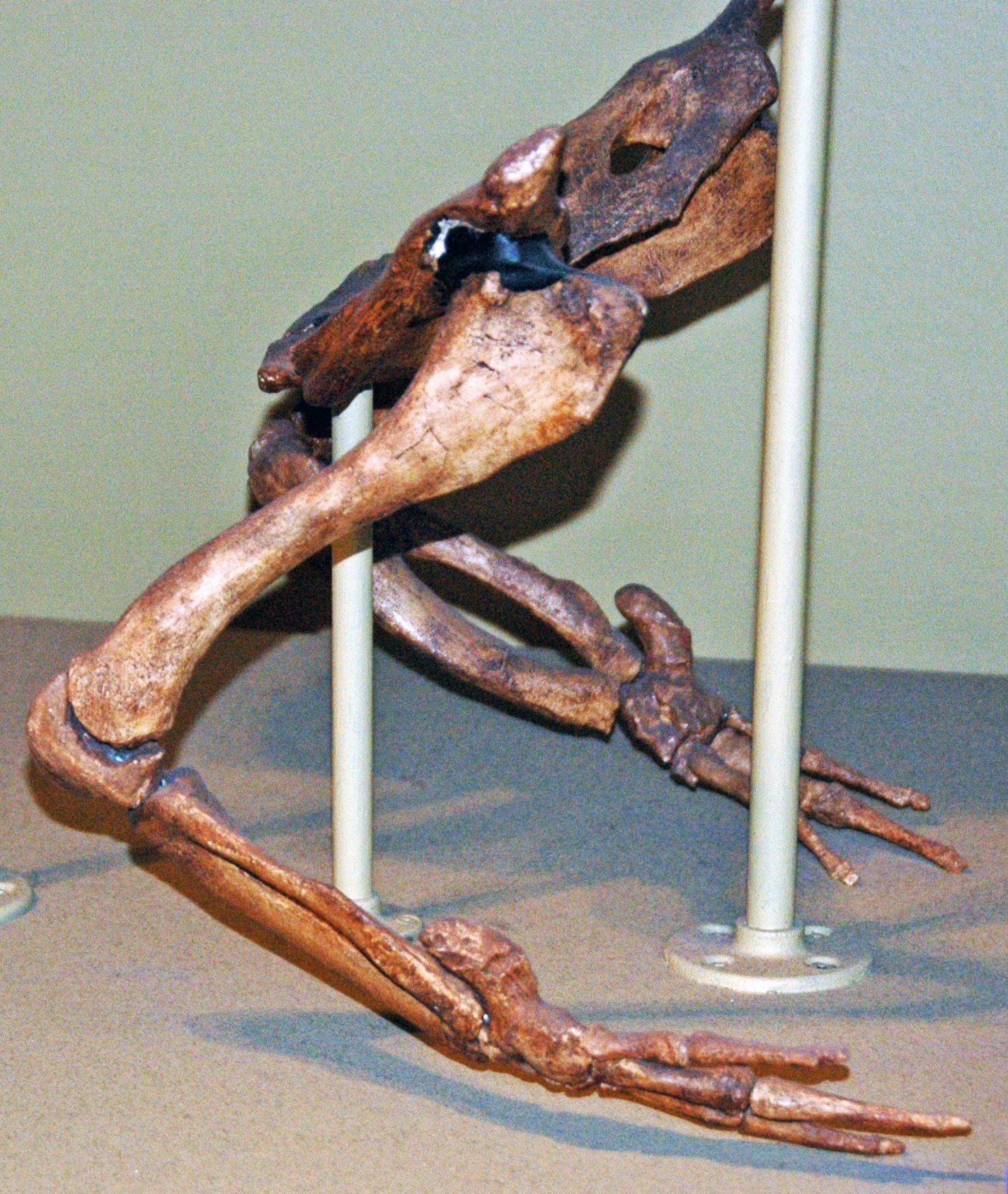
Vestigial bones are more than evolutionary leftovers—they’re powerful clues about how animals change over time. In whales, the pelvic bones don’t connect to legs, but they still serve small purposes, such as supporting reproductive organs. Their true significance, though, is the story they tell. These bones are like a family heirloom passed down through generations, reminding us that modern creatures didn’t appear overnight. Instead, evolution works gradually, building new forms from old blueprints, never quite erasing the past.
How Scientists Discovered Whale Leg Bones
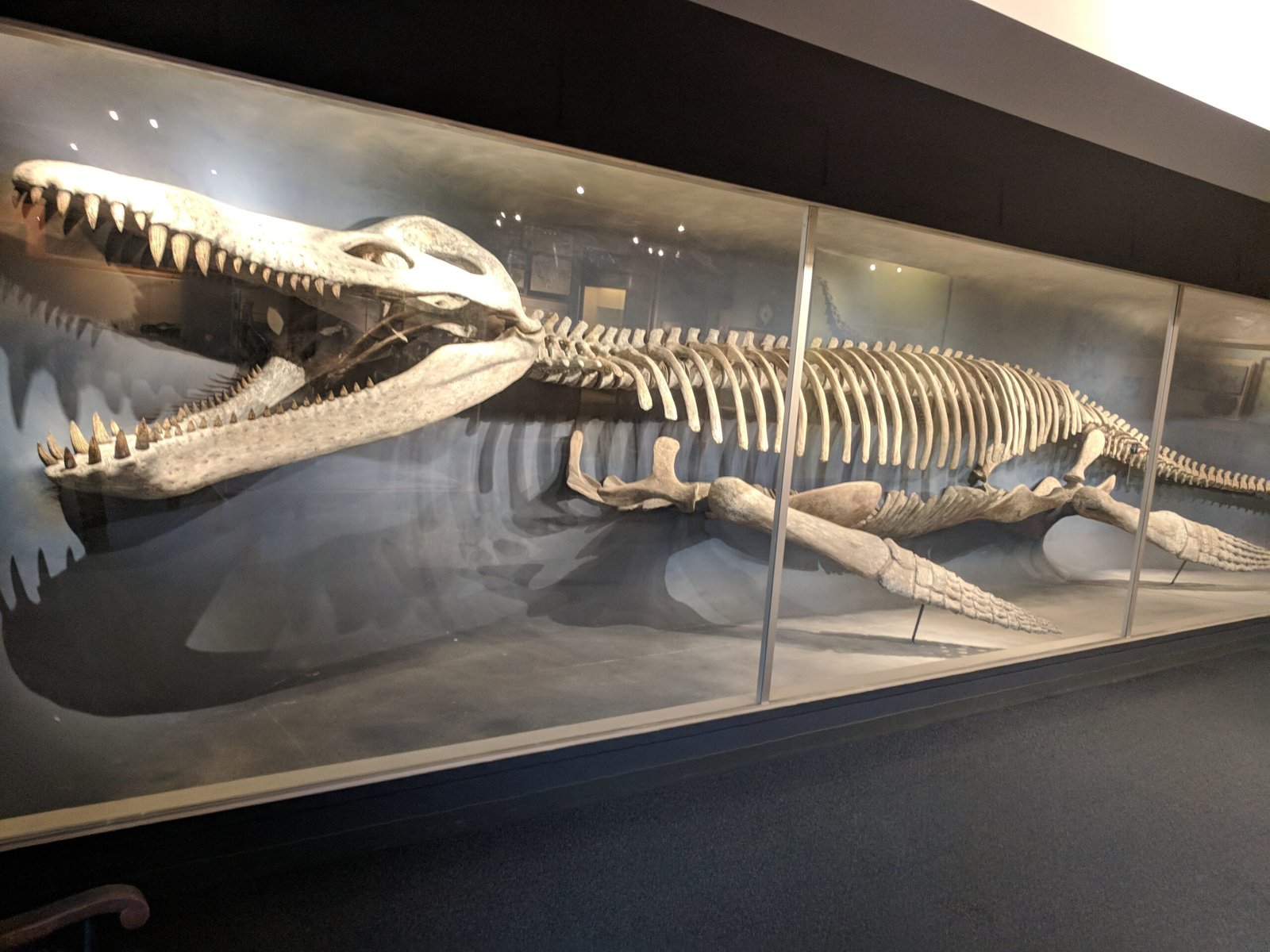
The story of whale leg bones is a triumph of scientific curiosity and detective work. Early naturalists couldn’t believe that whales might have once walked on land. But as paleontologists uncovered fossils showing whales with legs, the evidence became impossible to ignore. Modern technology, like CT scans and DNA analysis, allowed researchers to peer inside living whales and find these hidden bones. Each discovery sparked excitement and debate, with scientists piecing together the puzzle of whale evolution like a thrilling mystery slowly coming into focus.
Fossil Evidence: The Proof in Stone
Fossils are the rock-solid proof of whales’ land-dwelling origins. From the earliest Pakicetus to more aquatic species like Basilosaurus, each fossil reveals a step in the evolutionary journey. Some ancient whales even had tiny, functioning hind limbs, complete with toes and joints. These discoveries are like snapshots from a lost world, capturing moments when whales’ ancestors still walked or paddled in shallow waters. Each new fossil adds another chapter to the remarkable story of how whales traded four legs for flippers and tails.
Modern Whales and Their Hidden Past

Today’s whales are perfectly suited to their watery world, with sleek bodies and powerful tails. Yet, inside, they carry the faintest echoes of their land-loving ancestors. Even though their tiny pelvic bones serve little purpose now, they remain as a reminder of a very different time. Occasionally, rare genetic mutations cause whales to develop small, visible leg-like limbs, a dramatic throwback to their ancient history. These rare cases make the connection between past and present impossible to ignore.
Why This Story Matters: The Wonders of Evolution
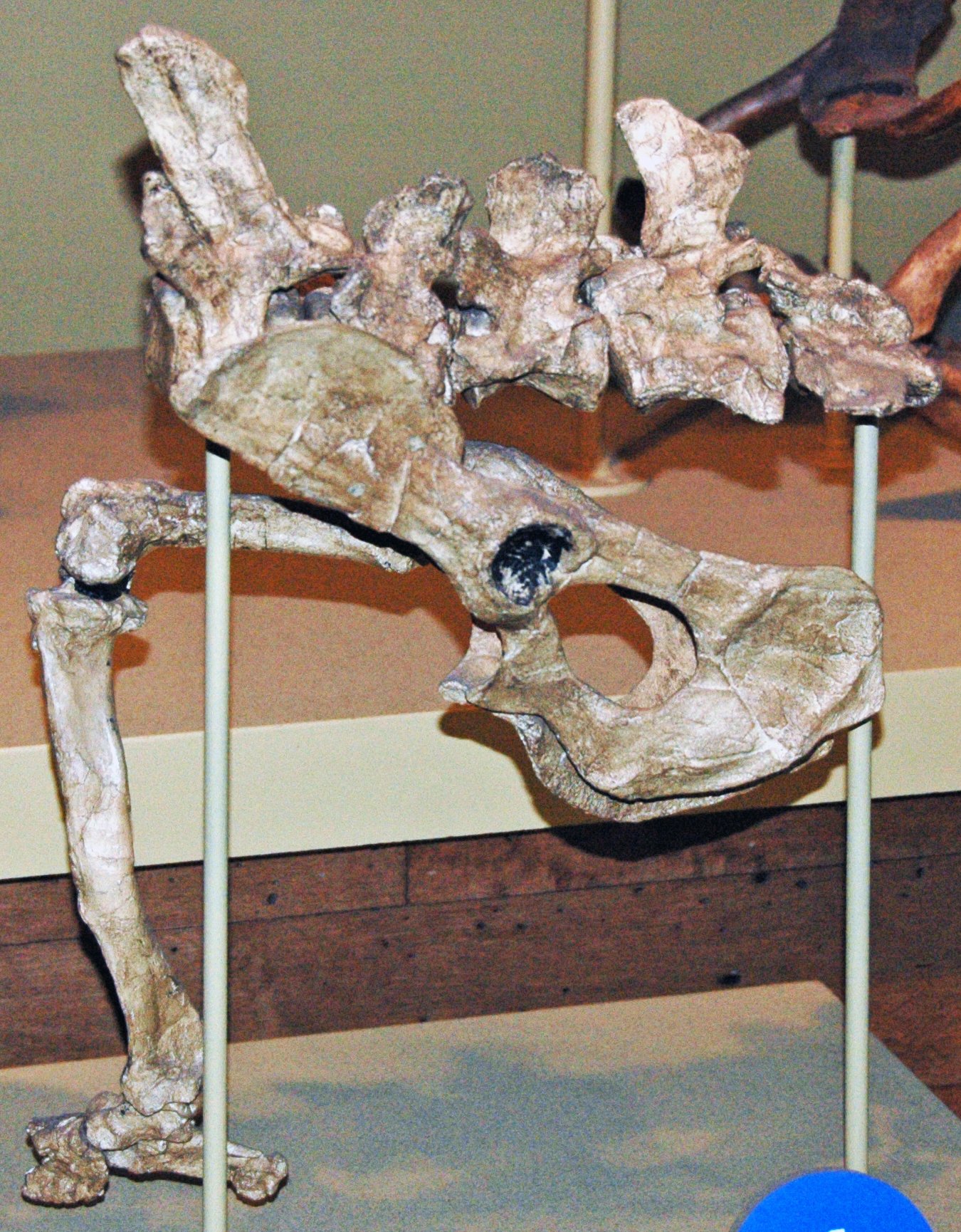
The story of whales’ tiny leg bones isn’t just a quirky fact—it’s a powerful example of how evolution shapes the living world. It reminds us that change is constant, often slow, and sometimes surprising. Whales, the kings and queens of the ocean, are living proof that nature’s path is full of unexpected twists. Their hidden bones invite us to look closer at the world around us and wonder what other secrets might be hidden in plain sight.
The Big Picture: What Whales Teach Us About Ourselves
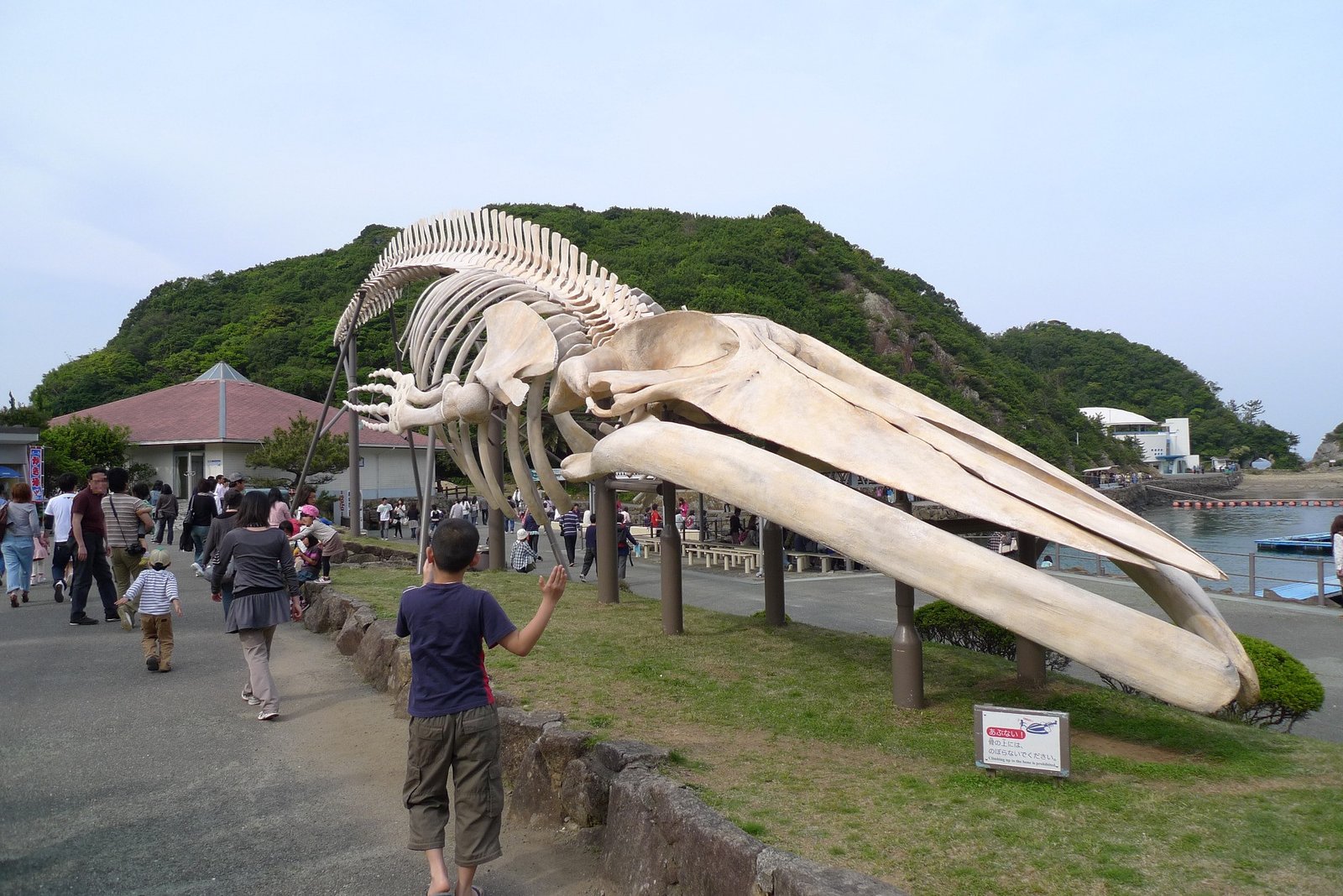
Whales’ vestigial leg bones are a humbling reminder that life on Earth is deeply connected. Just as whales carry traces of their land-dwelling past, humans and all animals have their own evolutionary stories written in their bodies. These ancient bones inspire awe and curiosity, urging us to keep exploring, questioning, and learning about the world. They show that even the most unlikely creatures can have an extraordinary history, waiting to be discovered.
Summary
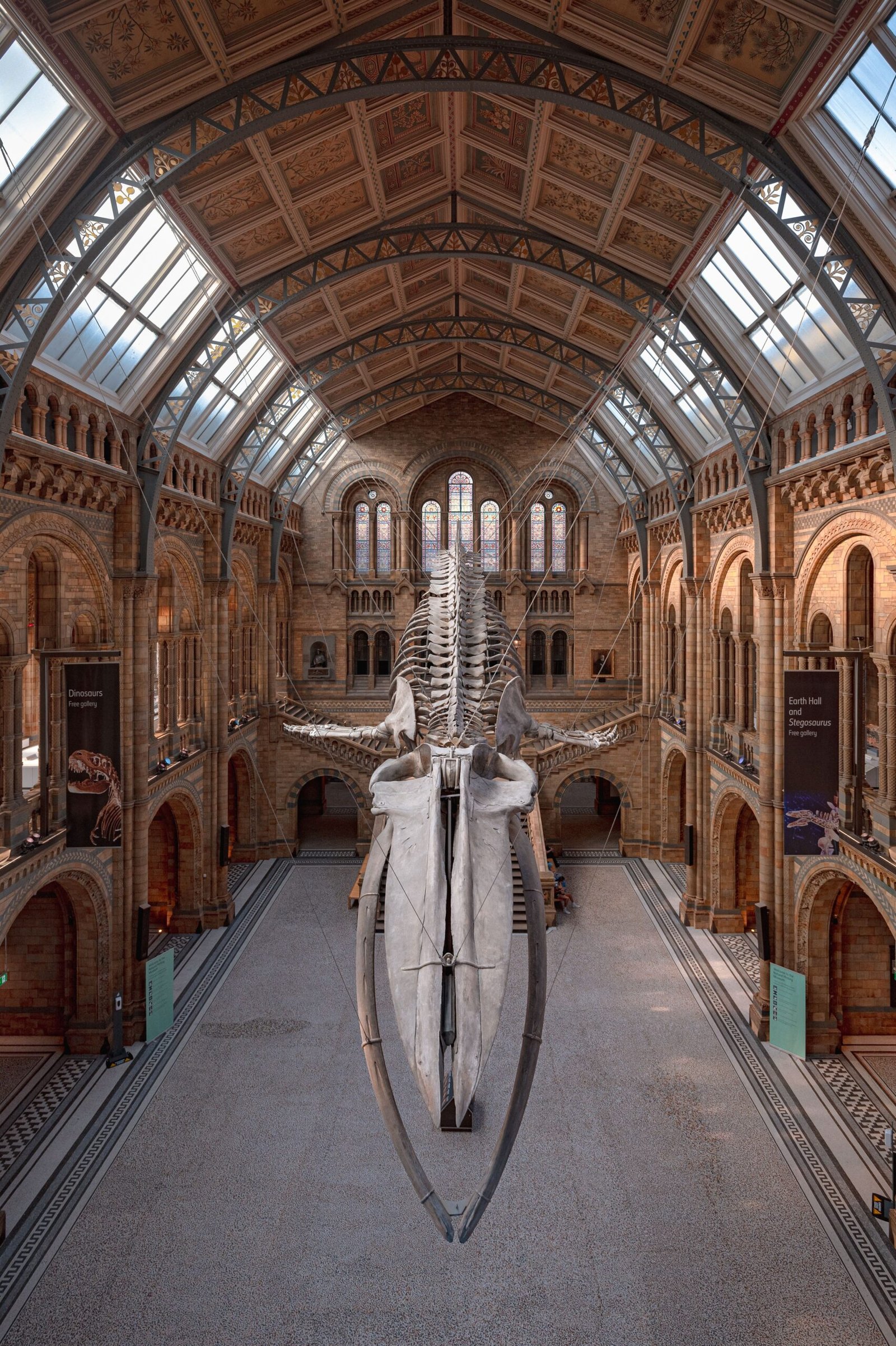
Whales’ tiny leg bones are silent witnesses to an epic journey from land to sea. These vestigial structures, hidden deep within the largest animals on Earth, reveal a story of gradual change, adaptation, and survival. By tracing the fossils and anatomy of whales, scientists have uncovered one of evolution’s most dramatic transformations. The next time you see a whale, remember—it carries the memory of walking ancestors, hidden just beneath the surface.



